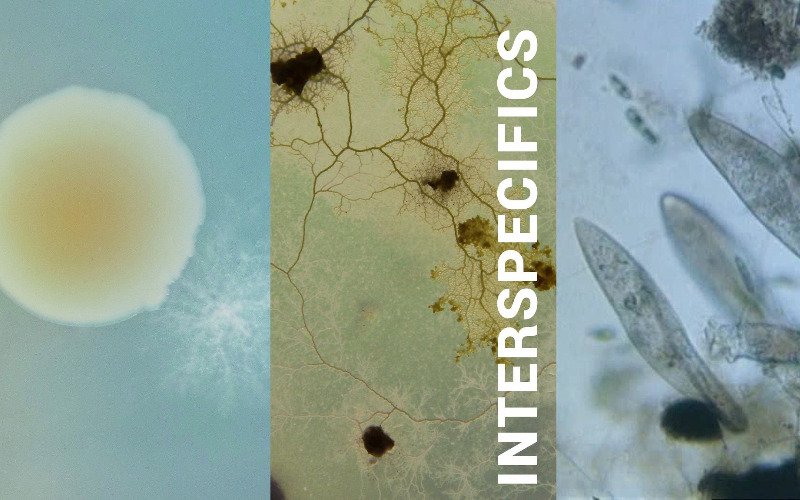
Codex Virtualis, Interspecifics, Photo: Interspecifics
Residency #9: SETI Institute (USA) | Interspecifics (INT): Codex Virtualis Interspecifics (INT), an independent artistic research studio founded in Mexico City wins European ARTificial Intelligence Lab residencies with the project “Codex Virtualis” at the SETI Institute in Mountain View, CA and at the Ars Electronica Futurelab in Linz, Austria.
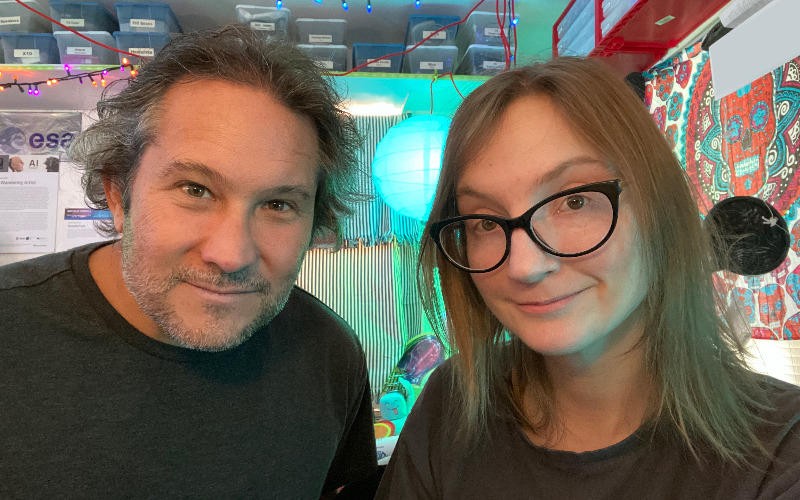
Sarah Petkus & Mark J. Koch
Residency #8: Leiden Observatory 2021 | Sarah Petkus (US) & Mark J Koch (US): Moon Rabbit The residency program, whose current motto is “Astronomy x AI,” is led and organized by Ars Electronica in collaboration with Leiden Observatory. The winners of this year’s residencies have now been announced: Sarah Petkus (US) and Mark J. Koch (US) from Las Vegas will work on their Moon Rabbit project during a residency at the Leiden Observatory and the Ars Electronica Futurelab in Linz.
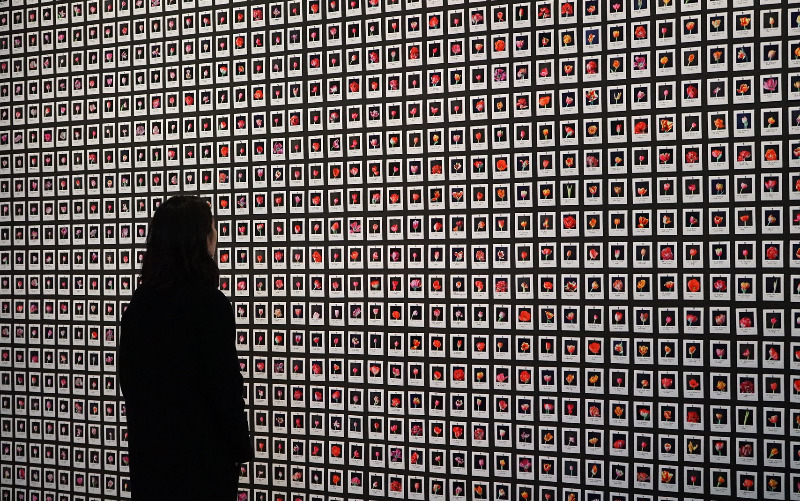
Myriad (Tulips), Mosaic Virus by Anna Ridler, Photo: Emily Grundon
Residency #7: Edinburgh Futures Institute 2020 | Anna Ridler (GB), Caroline Sinders (US): AI isn’t Artificial but Human. This year, Ars Electronica’s residency and the “Experiential AI” research cluster at the Edinburgh Futures Institute (EFI) – part of the University of Edinburgh – was conceived and developed in partnership with the Edinburgh International Festival. With the aim of supporting artists in the research of AI systems. The theme of the residency is Entanglements – fair, moral and transparent AI. In 2020 the residency goes to Anna Ridler and Caroline Sinders for their project “AI isn’t Artificial but Human”.
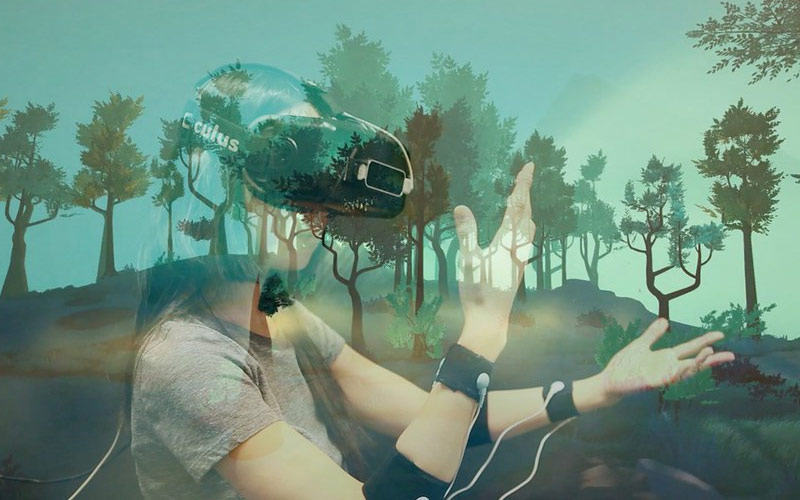
Credit: Xin Lui, Yedan Qian, Slow Immediate and MIT Media Lab
Residency #6: Muntref Centro de Arte y Ciencia & Laboratorio de Neurociencia de la Universidad Torquato Ditella 2019 | Xin Liu (CN/US), Gershon Dublon (US): The Wandering Mind: The project of the artist duo “Slow Immediate” is now being realized through residencies at the Muntref Centro de Arte y Ciencia, the Laboratorio de Neurociencia de la Universidad Torquato Ditella in Buenos Aires, and the Ars Electronica Futurelab in Linz. The result will then be presented at the Ars Electronica Festival in Linz in September 2020 and at the Muntref Centro de Arte y Ciencia in Buenos Aires.
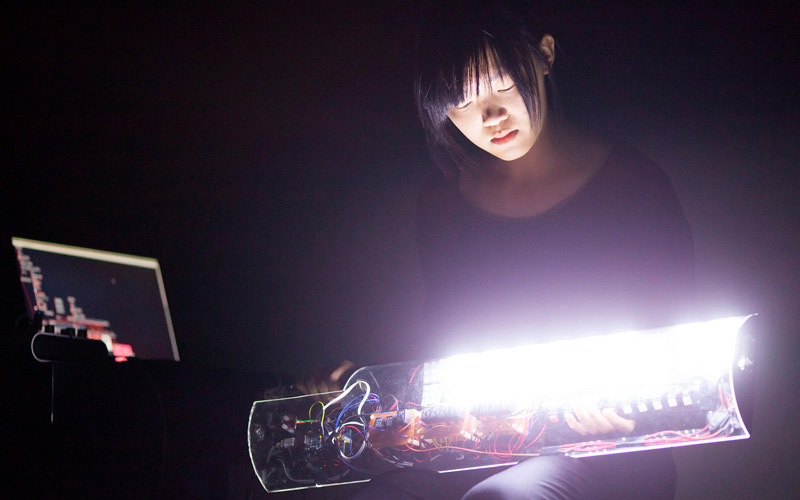
Credit: vog.photo
Residency #5: Fraunhofer MEVIS 2017 | Yen Tzu Chang (TW): Whose Scalpel: Yen Tzu Chang (TW) is the winner of the joint Artist-Residency STEAM imaging of the Fraunhofer Institute for Medical Imaging MEVIS and Ars Electronica. The Taiwanese media artist thus had the unique opportunity to work closely with the researchers at the institute.
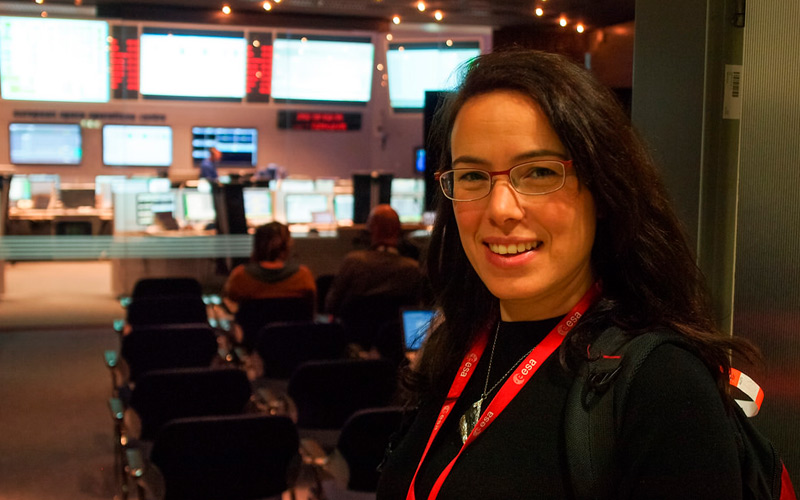
Credit: Ars Electronica / Martin Hieslmair
Residency #4: ESA 2016 | Aoife van Linden Tol (IE): Starstorm: Aoife van Linden Tol (IE) is the winner of the first joint artist residency of Ars Electronica and the European Space Agency (ESA). This gave the Irish media artist a unique opportunity to work with ESA scientists and follow the landing of the Rosetta probe or the ExoMars mission live at the European Space Research and Technology Centre (ESTEC) in Noordwijk, the Netherlands. Following her stay at ESA, she travelled to Linz, where she spent a whole month working with team members from the Ars Electronica Futurelab on a project inspired by her visit to ESA.
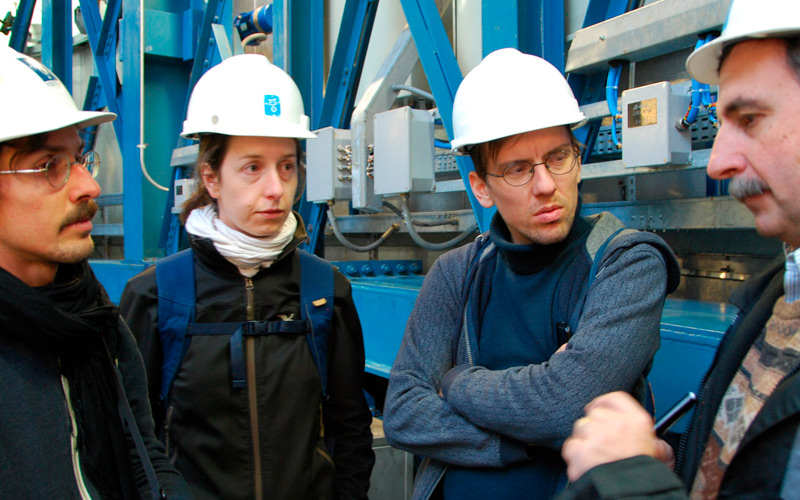
Credit: Sebastian Neitsch
Residency #3: ESO 2016 | Quadrature (DE): MASSES / STONES: Jan Bernstein, Juliane Götz and Sebastian Neitsch (all DE) form the artist collective Quadrature are the winners of the Open Call 2016 announced by the “European Digital Art & Science Network”. The three artists travelled to Chile to spend several weeks at the European Southern Observatory (ESO). The second stop was the Ars Electronica Futurelab in Linz to continue their work on a concrete project.

Credit: Ars Electronica / Claudia Schnugg
Residency #2: CERN 2015 | Semiconductor (UK): Already in autumn 2015, the English artist duo Semiconductor started a two-month residency at CERN.
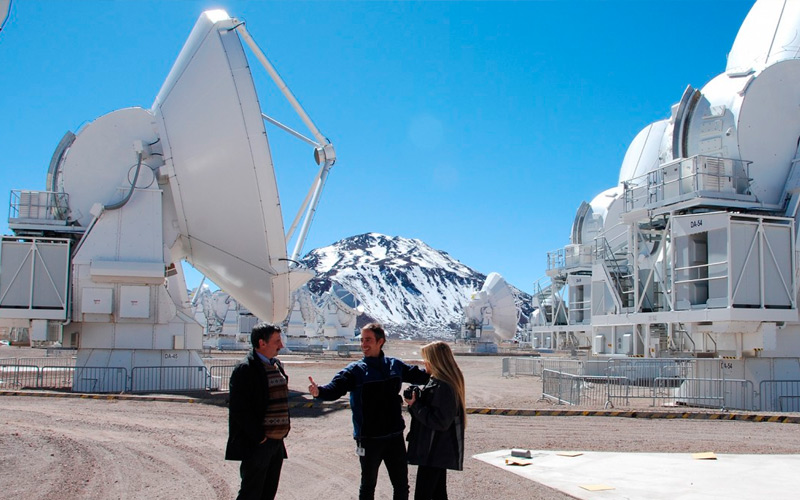
Credit: Ars Electronica / Claudia Schnugg
Residency #1: ESO 2015 | María Ignacia Edwards (CL): Encounters: María Ignacia Edwards had the unique opportunity to reside at one of the ESO locations in Chile and at the Ars Electronica Futurelab in Linz as part of the “art & science” program.
